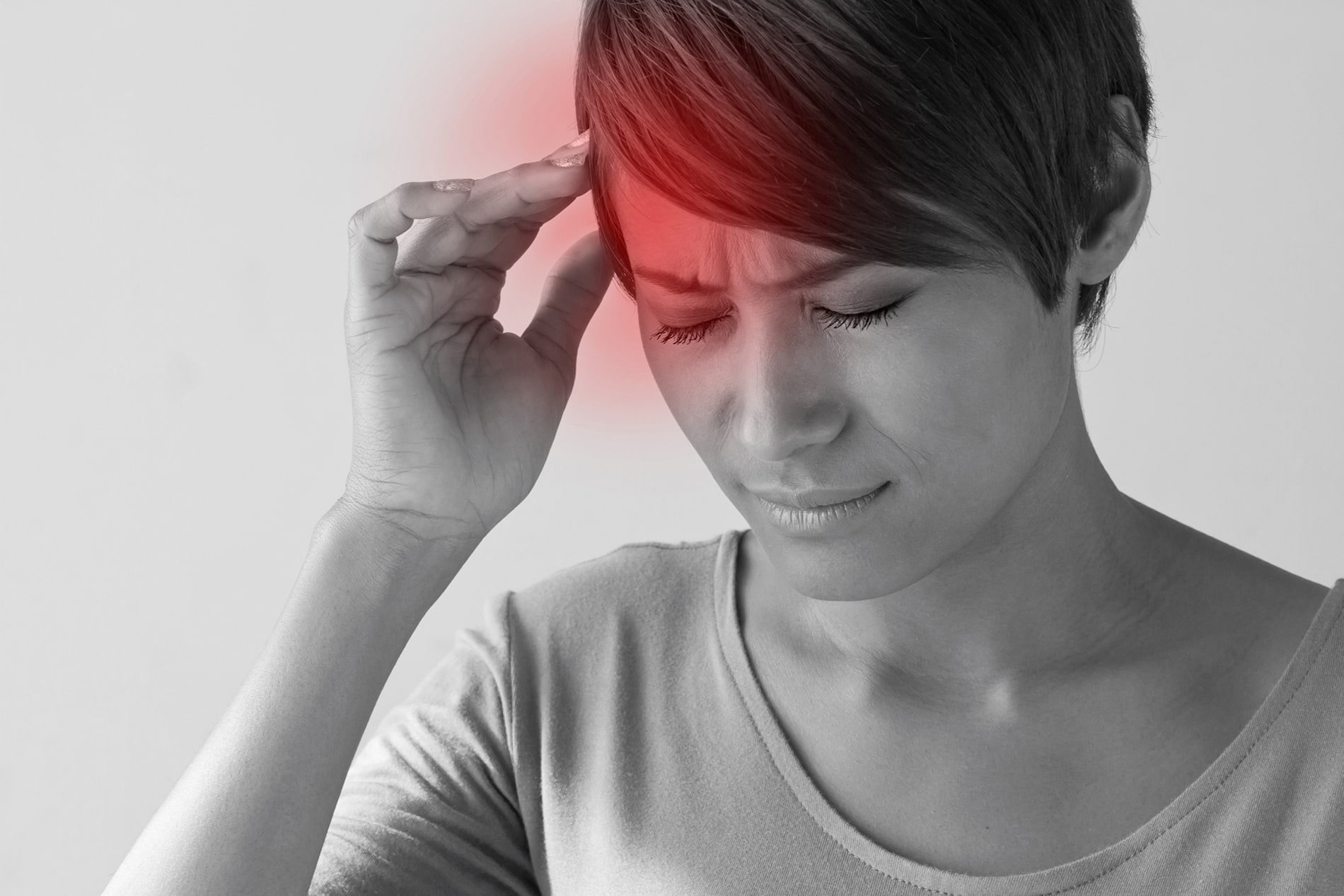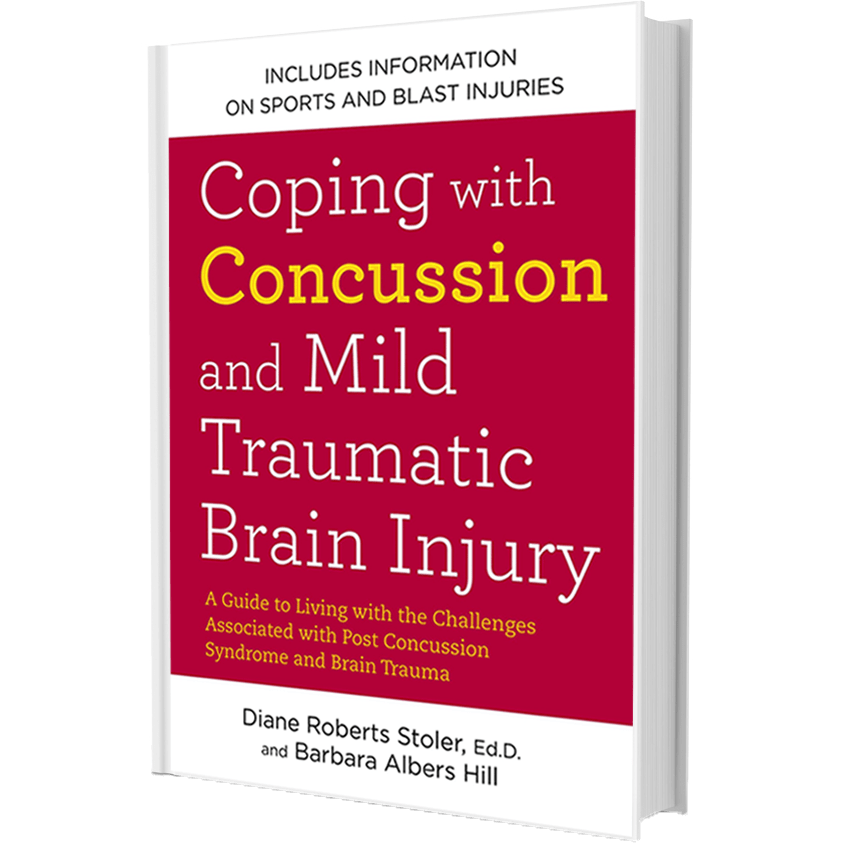Headache and Migraine Treatments
Foods that Can Trigger or Worsen Headaches
If you are troubled by frequent headaches, you should remove certain foods from your diet and see if your headaches improve. After a few days, add back one food at a time to see which, if any, trigger headaches for you.
- Alcohol
- Avocados
- Bananas
- Beans (except green or wax)
- Cheeses (ripened types, such as Cheddar or Brie)
- Chicken liver
- Chocolate
- Cured meats (such as bacon, bologna, or ham)
- Fermented, pickled, or marinated foods
- Figs (canned)
- Monosodium glutamate (MSG)
- Nuts
- Onions
- Peanut butter
- Peas
- Pizza
- Sour cream
- Vinegar (except white)
- Yeast-raised breads and cakes
- Yogurt
Conventional Treatments
Over-the-Counter Medication
And ideal starting place for treatment are well-known over-the-counter painkillers, including Acetaminophen (Tylenol), Aspirin (Bayer); Ibuprofen (Advil, Motrin); Ketoprofen (Actron); and Naproxen Sodium (Aleve). Since your body may develop a tolerance to these, you can increase how effective the over-the-counter drugs are by varying the types you take. It is very important to be cautious about doses, since rebound headaches from overuse are a possibility.
Prescription Medication
Severe or persistent headaches may call for prescription medications. Certain drugs used for heart problems can reduce headache pain by keeping the blood vessels in the head from constricting. Antihistamines, anticonvulsants, ergot derivatives, antidepressants, and steroids can also reduce inflammation, relax muscles, or disrupt nerve activity. See below, Drugs Used for Headaches.
Your choice of headache medication will depend on several factors: the nature of your headache; the type and intensity of pain; your medical history and the other medications you take; and the results you have had with other remedies.
Analgesics
Use:
General pain relief and headache prevention.
Examples:
Aspirin (Bayer, Bufferin Ecotrin, and others)
Acetaminophen (Tylenol, Datril, and others)
Combinations (Anacin, Excedrin, Fiorinal Medigesic, and others).
Anticonvulsants
Use:
Headache prevention; also used to control seizure activity.
Examples:
- Phenytoin (Dilantin)
- Valproic acid (Depakene)
- Topiramate (Topamax)
- Carbamazepine (Tegretol)
- Gabapentin (Neurontin).
Antidepressants
Use:
Pain relief and headache prevention; also used for treatment of depression.
Examples:
Amitriptyline (Elavil, Endep)
Doxepin (Adapin, Sinequan)
Fluoxetine (Prozac)
Nortriptyline (Aventyl, Pamelor)
Phenelzine (Nardil).
Beta Blockers
Use:
Headache prevention; also used for treatment of high blood pressure and heart problems
Examples:
- Atenolol (Tenormin)
- Nadolol (Corgard)
- Propranolol (Inderal)
- Timolol (Blocadren)
Calcium Channel Blockers
Use:
Headache prevention; also used for treatment of high blood pressure.
Examples:
- Diltiazem (Cardizem)
- Nifedipine (Adalat, Procardia)
- Nimodipine (Nimotop)
- Verapamil (Calan, Isoptin)
Ergot Derivatives
Use:
Pain relief and headache prevention, especially for migraine and cluster headaches.
Examples:
Dihydroergotamine (D.H.E. 45)
Ergotamine (Ergostat)
Ergotamine combinations (Bellergal-S [also contains phenobarbital, belladonna alkaloids] Cafergot [also contains caffeine])
Methylergonovine (Methergine)
Methysergide (Sansert)
Narcotics
Use:
Treatment of intense, persistent pain.
Examples:
- Meperidine (Demerol)
- Oxycodone combinations (Percocet, Roxicet, Tylox [also contain acetaminophen], Percodan [also contains aspirin])
Nonsteroidal anti-inflammatories (NSAIDs)
Use:
General pain relief and headache prevention
Examples:
- Ibuprofen (Advil, Motrin, Nuprin, and others)
- Indomethacin (Indocin)
- Ketoprofen (Actron, Orudis)
- Naproxen (Naprosyn)
- Naproxen sodium (Aleve, Anaprox)
Steroids
Use:
Treatment of intense, persistent pain.
Examples:
- Dexamethasone (Decadron, Hexadrol, and others)
- Prednisone (Deltasone, Sterapred, and others)
Tranquilizers
Use:
Treatment of intense, persistent pain.
Examples:
- Chlorpromazine (Thorazine)
- Haloperidol (Haldol)
- Thiothixene (Navane)
Please Keep in Mind
It may be necessary for your doctor to try several different prescriptions before finding the one that works best for you.
Headache drugs have many potential side effects. In fact, some drugs can worsen preexisting health problems or have serious, even deadly, side effects if taken in improper doses. So, if you are taking medication for headaches, follow your doctor’s usage instructions carefully.
Other Remedies
Arnold Sadwin, MD, a Psychiatrist, pioneered two office treatments that bring quick relief to headaches. The first, which stops an ongoing migraine within twenty minutes, is a scalp injection of Marcaine 0.5%, 1 cc in an insulin syringe with a short needle. Another treatment is the administration of oxygen at eight liters for twenty minutes using a simple face mask.
Psychotherapy
Another approach that helps with headache pain is Psychotherapy. Through this, using Cognitive-Behavioral Therapy (CBT) helps you explore the connection between thoughts, beliefs, feelings, behavior, and pain. Dr. Diane is a licensed Psychologist who is board-certified in Behavioral and Health Psychology.
Physical Therapy
Physical therapy can be effective against headaches associated with muscle spasms and pain in the face and neck. Water therapy and ultrasound techniques are similarly helpful. Other methods include aerobic exercise and consistent sleep patterns. If you smoke, quitting may help.
Complementary Migraine Treatments
Acupuncture
An acupuncturist can help control headache pain by inserting hair-like needles into specific points on your body. This process causes the release of endorphins, which can relieve headache pain. A related type of treatment, Acupressure, involves pressing and then rotating the fingertips firmly against certain points on the body. Tom Tam, Yvonne Tam, William Mogan and Anthony Percoco are the Acupuncturists on our Brain Health Team.
Health Psychology, Biofeedback & Hypnosis
Health Psychology has been very effective in treatment of Headaches and Migraines over the years. Also, extensive research has shown that Biofeedback can be very helpful against chronic headache pain. Hypnosis is like Biofeedback in that it can help you learn to control bodily sensations. It also teaches you to be aware of your body through intense focusing. Dr. Diane® is a board-certified Health Psychologist and is published in the field of Hypnosis.
Developing a relaxation response is a good way to reduce stress, release tense muscles, and manage hormonal changes that can result in headaches. In the same way, becoming skilled at yoga, meditation, and other forms of relaxation can also help relieve pain.
Chiropractic Treatment
Chiropractic adjustment deals with the abnormal motion of and irritation in your neck muscles and nerves, giving you relief from many forms of headaches. These adjustments should always be performed by a licensed Chiropractor. Dr. Paul Schoonman and Dr. Lorraine McGee are the Chiropractors on the Brain Health Team.
Alternative Migraine Treatments
Non-drug treatments can reduce how often you get headaches and how painful they are. So it is important to consider these non-drug methods to treat headache pain and experiment with them under your doctor’s supervision.
Reiki, Polarity, QiGong, Kyusho, and meditation are all good methods for treating many forms of Post Traumatic Headaches. Most of these methods are passive in approach, where someone skilled in the method is doing something to you to help relieve your pain. On the other hand, meditation is an active method that depends on how well you are able to concentrate. Clara Diebold is the Reiki Master on the Brain Health Team.
You may also want to consider using homeopathic and herbal remedies for headaches. Some recommended herbs are peppermint, skullcap, and white willow bark, or homeopathic remedies such as Bryonia or Gelsemium. Before using any homeopathic or herbal remedy, please be sure to consult your doctor and/or a skilled homeopath or herbalist. Susan Keefe is the Homeopath on our Brain Health Team, and Dr. Diane® is a Bach Flower practitioner.



